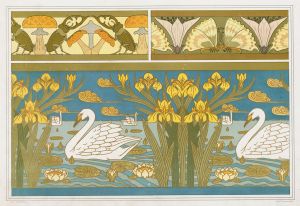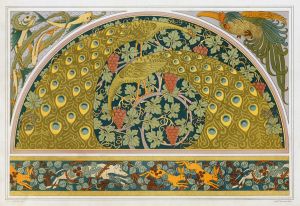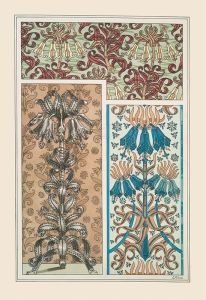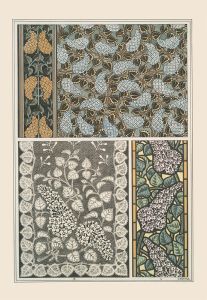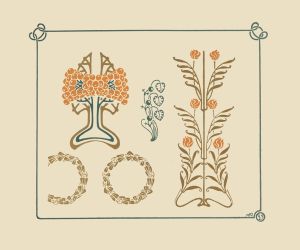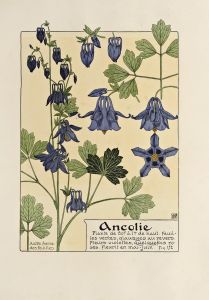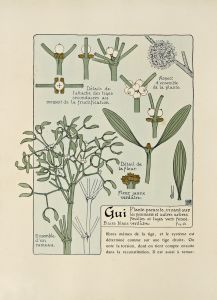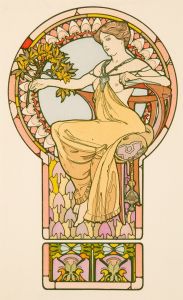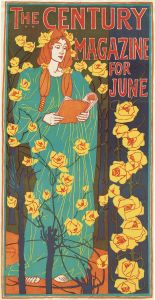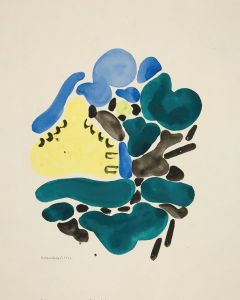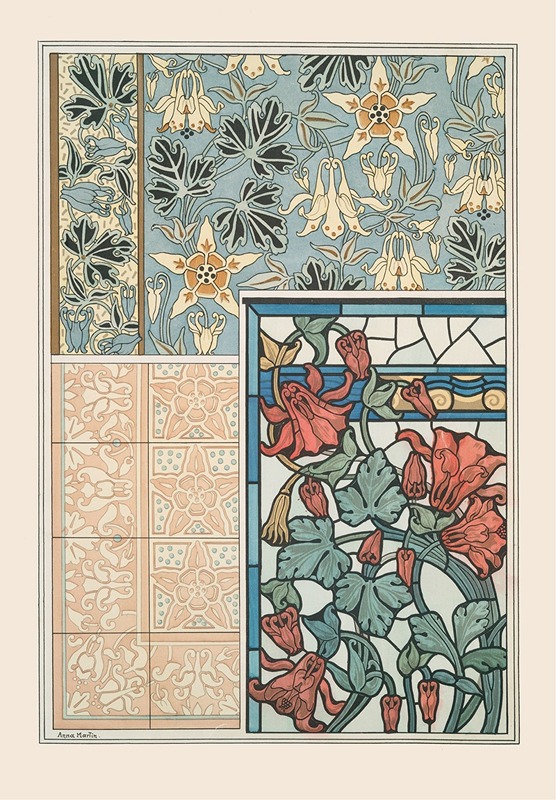
Ancolie 3
A hand-painted replica of Maurice Pillard Verneuil’s masterpiece Ancolie 3, meticulously crafted by professional artists to capture the true essence of the original. Each piece is created with museum-quality canvas and rare mineral pigments, carefully painted by experienced artists with delicate brushstrokes and rich, layered colors to perfectly recreate the texture of the original artwork. Unlike machine-printed reproductions, this hand-painted version brings the painting to life, infused with the artist’s emotions and skill in every stroke. Whether for personal collection or home decoration, it instantly elevates the artistic atmosphere of any space.
Maurice Pillard Verneuil (1869–1942) was a French artist and designer known for his contributions to the Art Nouveau movement. He specialized in decorative arts, creating designs for posters, textiles, ceramics, and other mediums. Verneuil was particularly inspired by natural forms, which he often incorporated into his work, reflecting the Art Nouveau emphasis on organic motifs and flowing lines.
"Ancolie 3" is one of Verneuil's works that exemplifies his fascination with nature and his skill in stylizing botanical subjects. The title "Ancolie" refers to the columbine flower, a plant known for its intricate, bell-shaped blossoms and delicate, spurred petals. In this piece, Verneuil stylizes the columbine flower, emphasizing its elegant curves and symmetry. The design is characterized by its bold use of color, intricate patterns, and harmonious composition, all of which are hallmarks of the Art Nouveau aesthetic.
This artwork was likely created as part of Verneuil's broader exploration of floral and natural themes, which he often published in pattern books or used in decorative applications. His works were influential in popularizing Art Nouveau design principles and were widely admired for their artistic and functional qualities. Verneuil's designs often served as inspiration for architects, interior designers, and craftsmen during the late 19th and early 20th centuries.
While specific details about the creation and context of "Ancolie 3" are limited, it is consistent with Verneuil's broader body of work, which sought to elevate everyday objects and spaces through the integration of artistic design. His ability to blend natural inspiration with decorative utility remains a defining feature of his legacy in the decorative arts.






